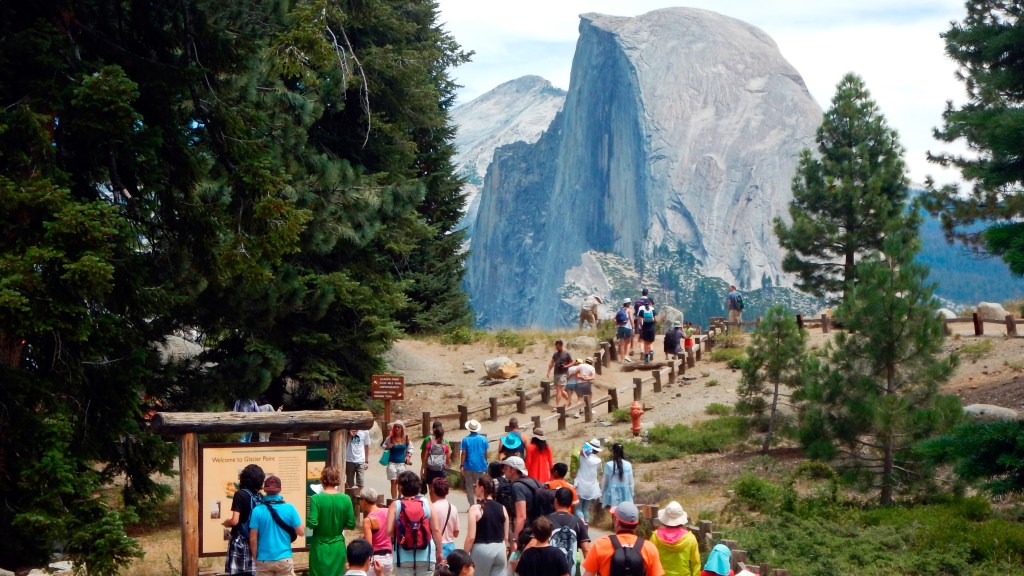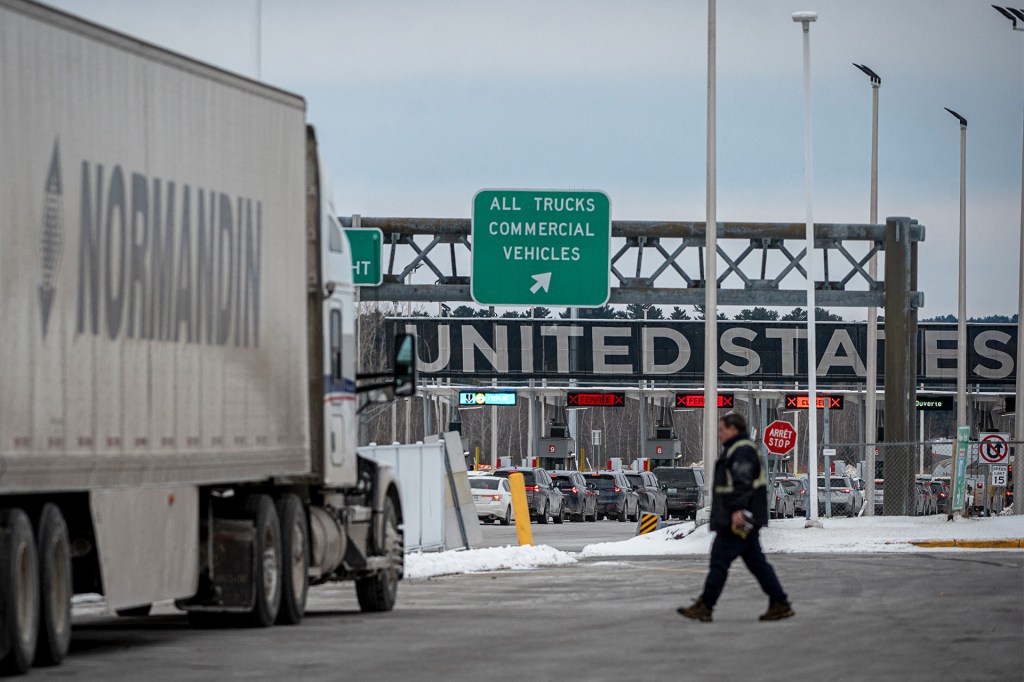National Treasure

For Kari Cobb, hiking in the Grand Canyon is a journey through history. At the bottom, the Colorado River flows as it has for some 6 million years. Gazing up at the cliff face, Cobb can almost feel the presence of the indigenous
indigenous
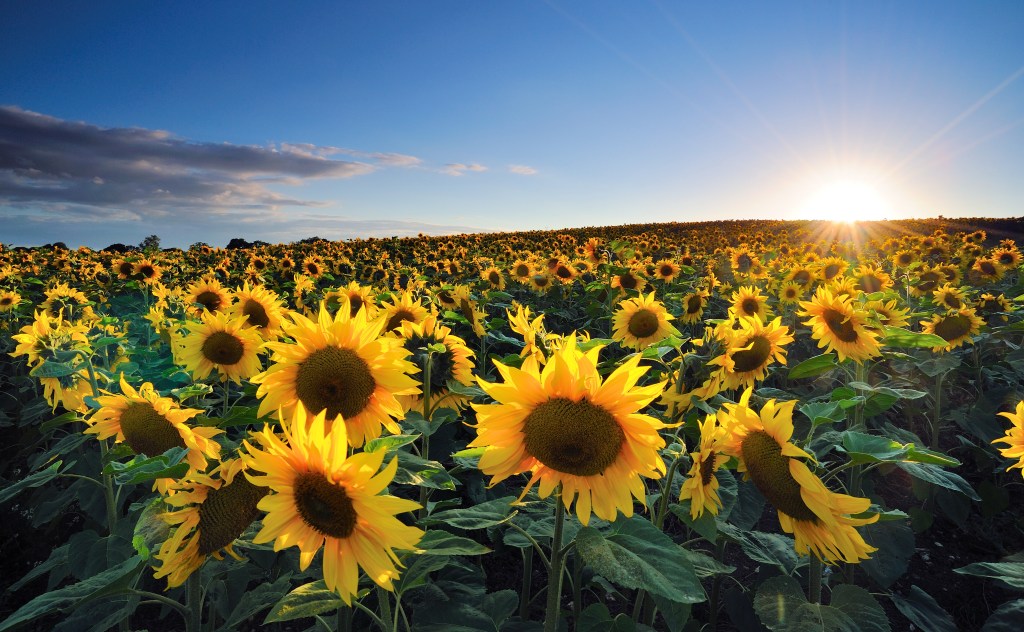 MARK ANDREAS JONES/GETTY IMAGES
native to a particular place
(adjective)
Wild sunflowers are indigenous to North America.
people who lived in and around the canyon long before the arrival of non-native explorers.
MARK ANDREAS JONES/GETTY IMAGES
native to a particular place
(adjective)
Wild sunflowers are indigenous to North America.
people who lived in and around the canyon long before the arrival of non-native explorers.

NATURAL WONDER A visitor surveys the Grand Canyon.
CAMPPHOTO/GETTY IMAGESThe Grand Canyon stretches across 277 miles of Northern Arizona. In some places, it is more than a mile deep (see “Go Deep”). “It is so massive, you cannot see all of it,” says Cobb, a park ranger. “That’s what makes this place so intriguing.”

On February 26, Grand Canyon National Park celebrates its 100th anniversary. Special events will take place at the park throughout 2019. Vanessa Ceja-Cervantes is the park’s centennial outreach
outreach
 JEWEL SAMAD/AFP/GETTY IMAGES
the process of bringing information or services to people
(noun)
Barack Obama's first job was doing community outreach in Chicago.
coordinator. “We hope visitors will connect with the park,” she says, “and learn to be stewards
steward
JEWEL SAMAD/AFP/GETTY IMAGES
the process of bringing information or services to people
(noun)
Barack Obama's first job was doing community outreach in Chicago.
coordinator. “We hope visitors will connect with the park,” she says, “and learn to be stewards
steward
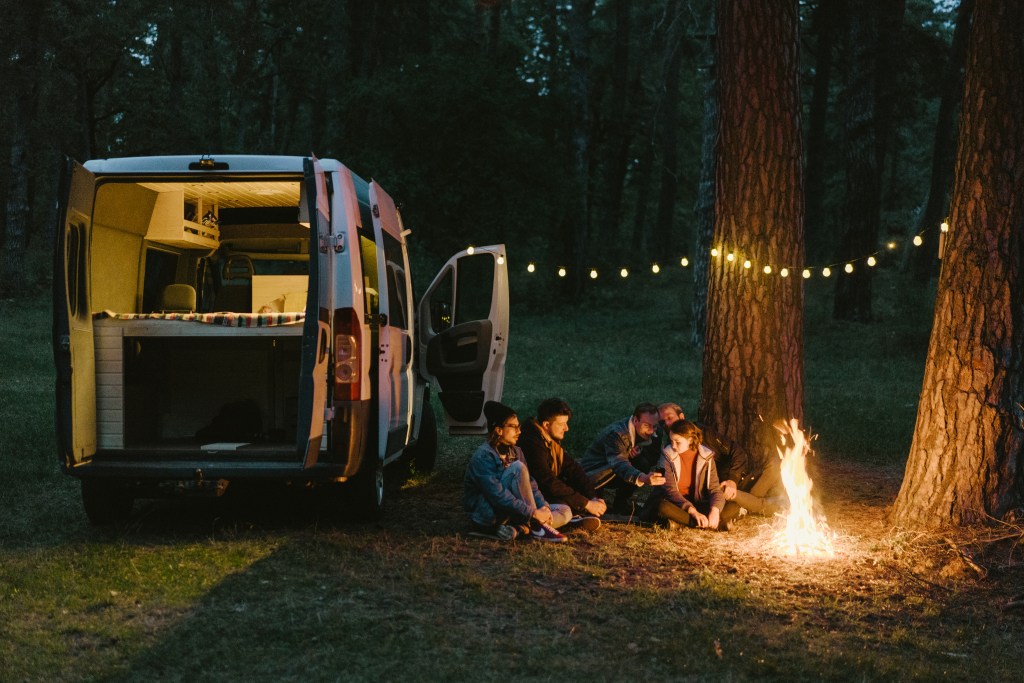 OLEH_SLOBODENIUK/GETTY IMAGES
someone who protects or manages land, property, or money
(noun)
By carefully putting out our campfire and making sure not to litter, we are good stewards of the forest.
of the land.”
OLEH_SLOBODENIUK/GETTY IMAGES
someone who protects or manages land, property, or money
(noun)
By carefully putting out our campfire and making sure not to litter, we are good stewards of the forest.
of the land.”
But the Grand Canyon’s popularity also makes it hard to protect. In 2017, the park had more than 6 million visitors. Striking a balance between tourism and conservation
conservation
 SCIEPRO/GETTY IMAGES
the careful protection of something
(noun)
Despite efforts at conservation, the blue whale remains an endangered species.
is an ongoing challenge.
SCIEPRO/GETTY IMAGES
the careful protection of something
(noun)
Despite efforts at conservation, the blue whale remains an endangered species.
is an ongoing challenge.
Money Matters
Tourism brings much-needed money to American Indians in the Grand Canyon area. For example, the Hualapai tribe runs helicopter tours in the park. Its tour boats chug up and down the Colorado River. The tribe’s biggest attraction is the Grand Canyon Skywalk. The glass-floored walkway juts out over a cliff’s edge. It draws more than 1 million tourists each year.
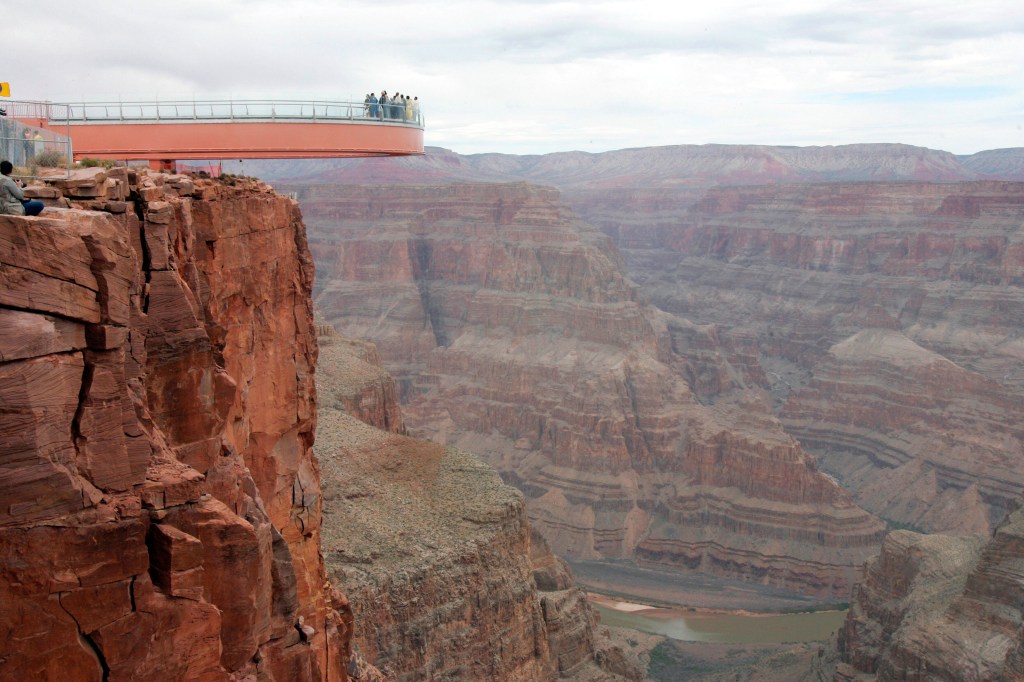
HIGHLIGHT Skywalk, at Grand Canyon West, attracts more than a million tourists each year.
ROBYN BECK—AFP/GETTY IMAGESCritics complain that Skywalk spoils the canyon’s natural beauty. Helicopter noise shatters its delicate silence. In 2017, tribal chairman Damon Clarke defended the attractions on the Arizona Republic website. He pointed out that they provide economic
economic
 EYEEM/ GETTY IMAGES
relating to the buying and selling of goods and services
(adjective )
The invention of the steam engine led to economic growth.
benefits to the tribe and help “fund services for our elders, children, and others in need of support.” He added, “Any development that we have built has been constructed with respect for the canyon in mind.”
EYEEM/ GETTY IMAGES
relating to the buying and selling of goods and services
(adjective )
The invention of the steam engine led to economic growth.
benefits to the tribe and help “fund services for our elders, children, and others in need of support.” He added, “Any development that we have built has been constructed with respect for the canyon in mind.”

BIRD'S-EYE VIEW Hundreds of helicopters roar through the Grand Canyon every day.
PETER JAMES SAMPSON—GETTY IMAGESTough Choices
To the east of the national park lies the Navajo Nation. The Navajo and other tribes view the place where two rivers meet there as sacred.
Developers asked the Navajo for permission to build a tramway, hotels, and restaurants in the area. The issue divided the Navajo community. Some people wanted the economic benefits. Others saw the plan as damaging to their culture, and were concerned about its environmental impact. In February 2018, the Navajo voted to reject the plan.
Sarana Riggs is a member of the Navajo Nation and the Grand Canyon Trust, a group that works to preserve the region. “There is always a need for economic development,” she says. “The question is: How can the Navajo tap into tourism in a sustainable
sustainable
 HERO IMAGES/GETTY IMAGES
done so as not to cause permanent damage
(adjective)
Sustainable farming techniques can improve the health of farmland.
way?”
HERO IMAGES/GETTY IMAGES
done so as not to cause permanent damage
(adjective)
Sustainable farming techniques can improve the health of farmland.
way?”
The millions of tourists who come to Grand Canyon National Park each year are bound to have an impact, says Cobb. But she believes those visitors will appreciate the park’s history and beauty, and be inspired to protect it. “People who visit national parks love them,” she says.






